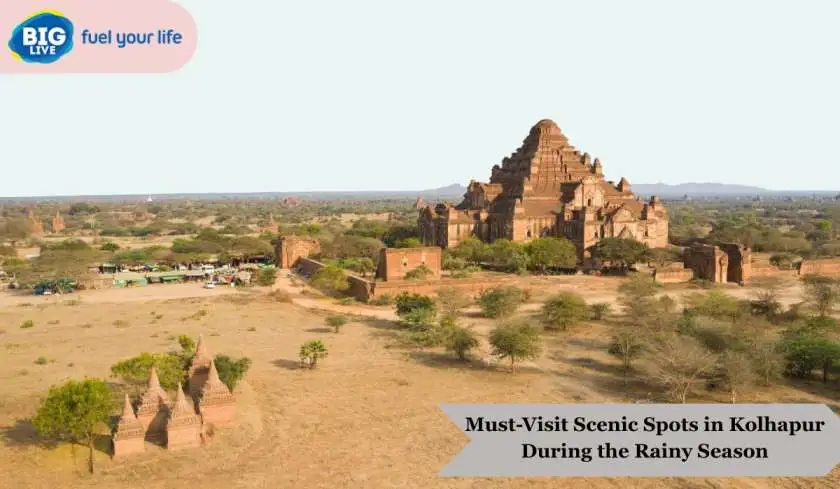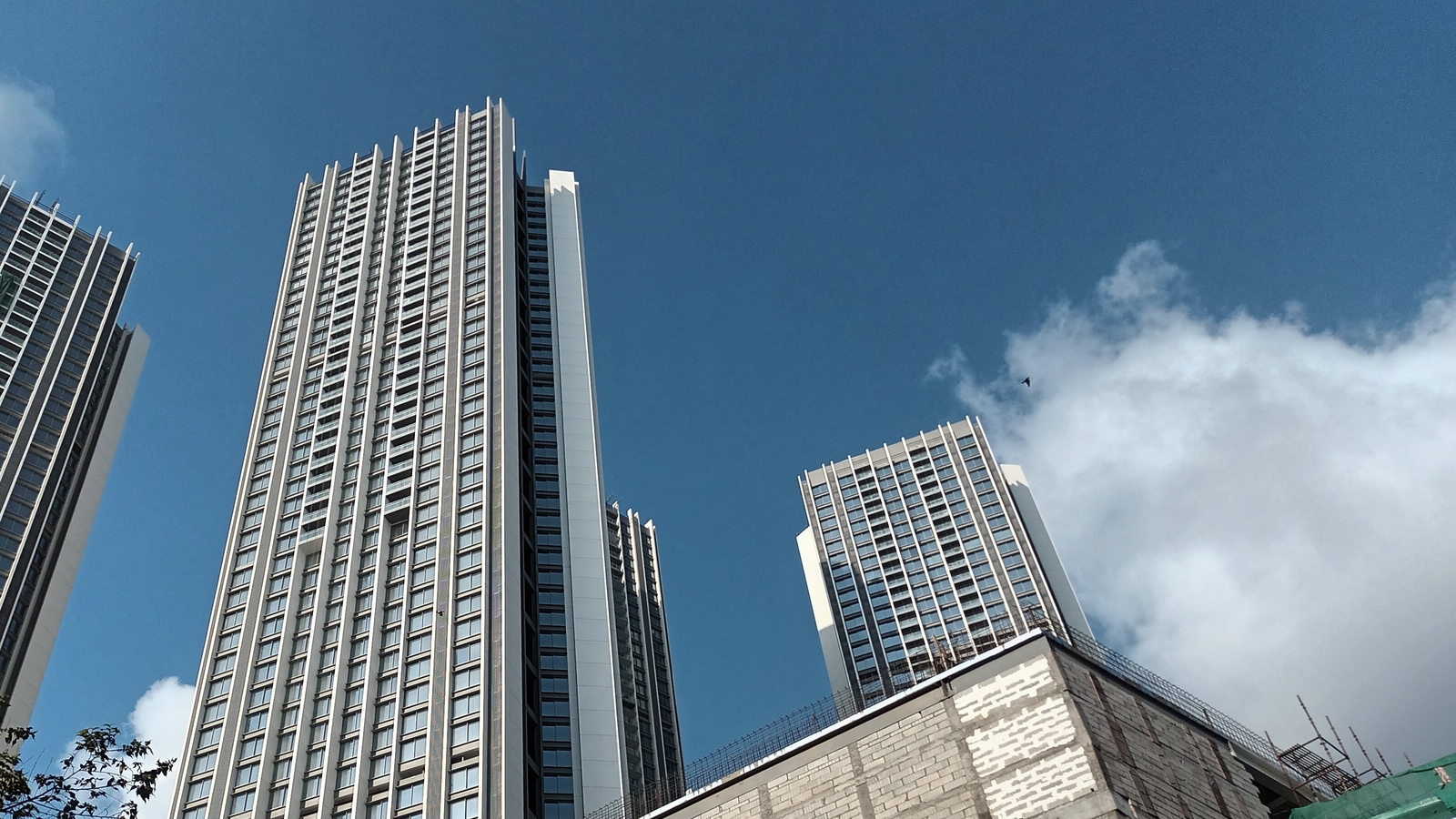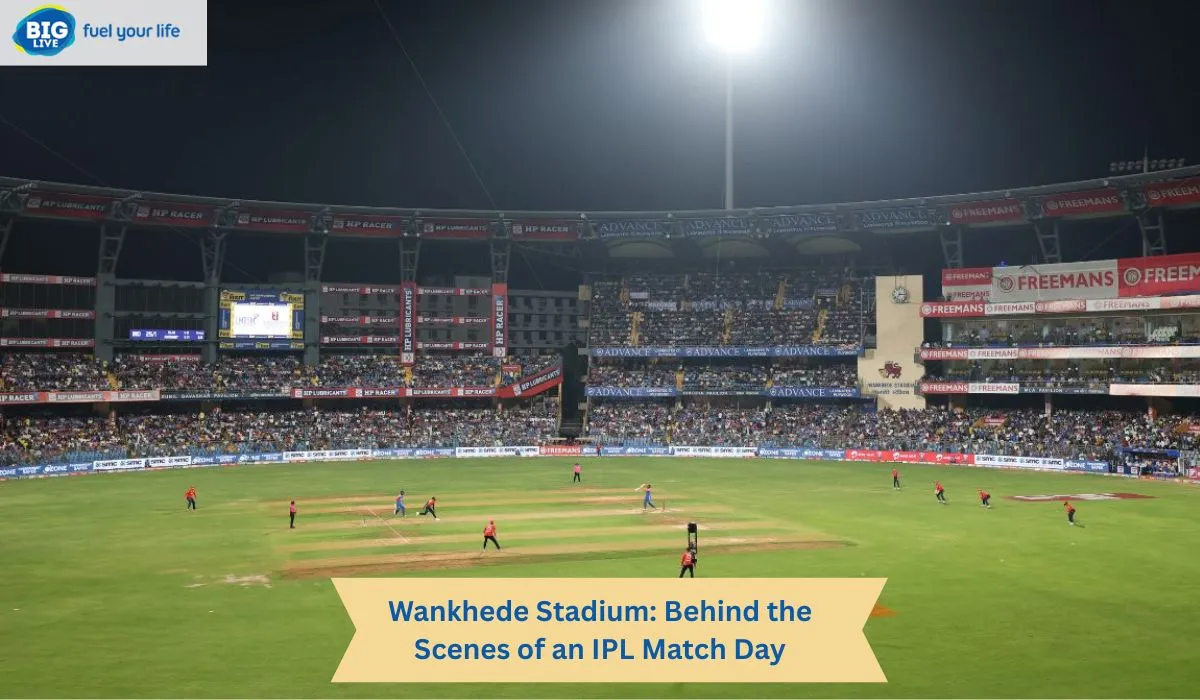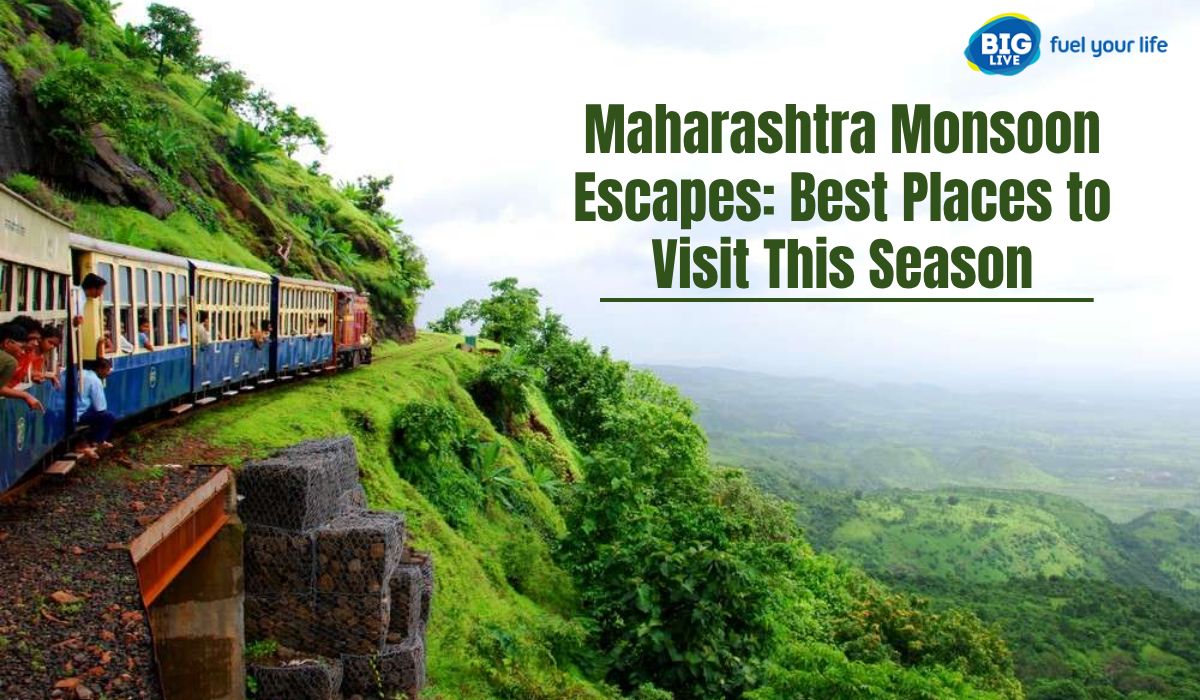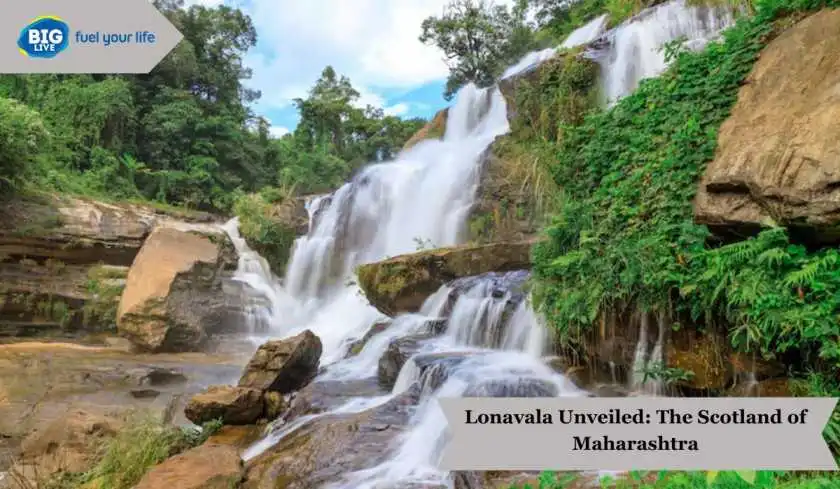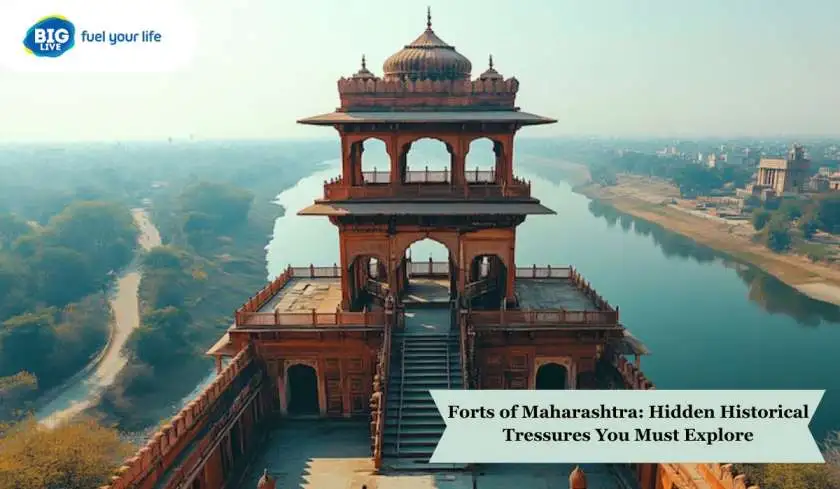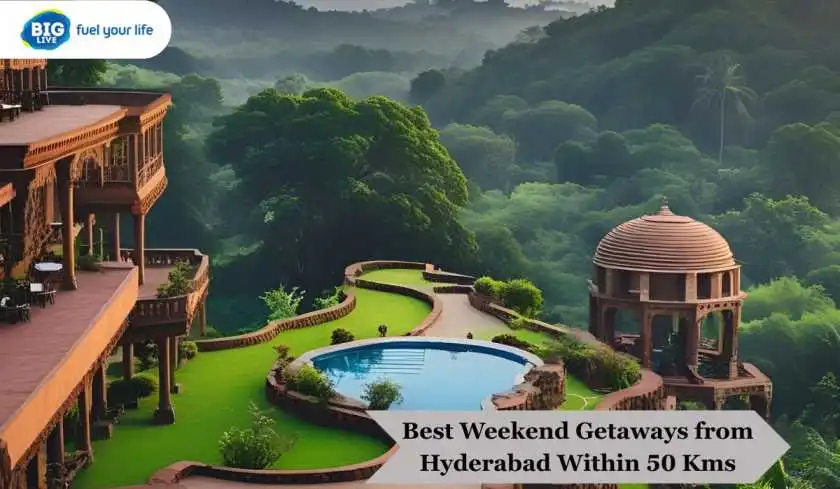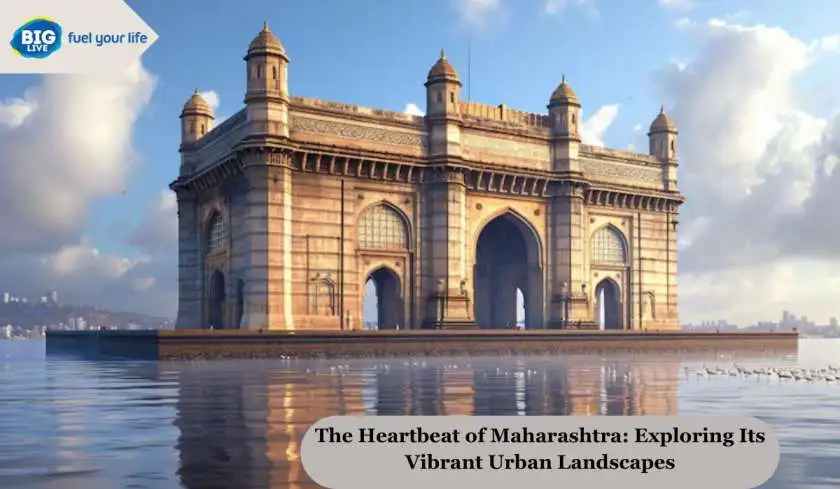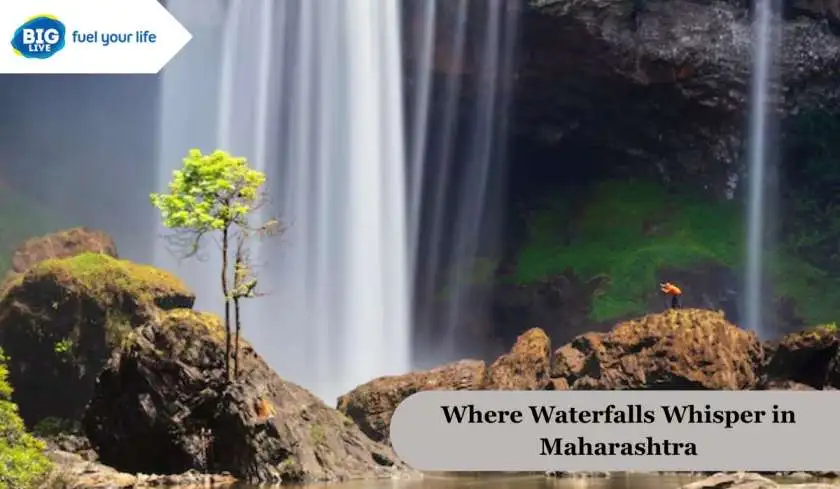Rain doesn’t knock when it visits Kolhapur. It just arrives—softly, then all at once. And when it does, the city transforms into something entirely different. The muddy roads, the soft drizzle over temples, the hills that breathe mist everything turns gentle.
People choose to prefer Mahabaleshwar and Panchgani for enjoying rain. Kohlapur gives the best experience to people visiting it. This isn’t the sort of place that shouts for attention.
It doesn’t sparkle in travel brochures. But if you’ve got a weekend, and a little curiosity tucked in your backpack, Kolhapur in the rainy season might just surprise you. Here are five spots that become almost magical once the clouds start rolling in.
Rankala Lake: A Quiet Mirror in the Storm
Now, Rankala is well, it’s right in the middle of the city. So at first glance, it might not blow your mind. But don’t let that fool you. Come here when the skies turn grey, and this lake changes character entirely. During the rains, Rankala becomes still. Not dead still—but calmly alive.
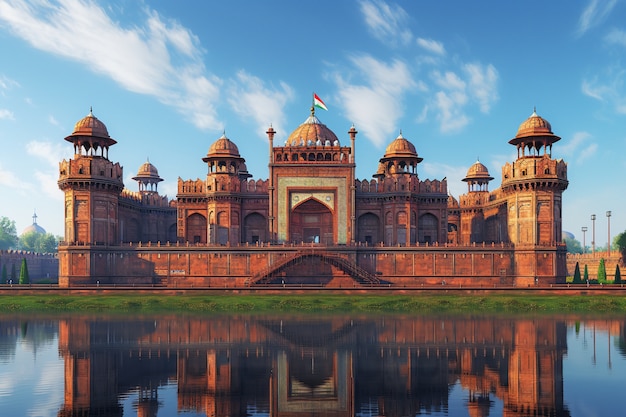
The water carries tiny ripples that reflect a sky always shifting shades. Walk along the stone promenade, and every corner brings you a new angle, a different breeze. The massive trees nearby seem to lean in closer, soaked and sleepy.
People don’t talk much here when it rains. You’ll notice. It’s like the weather sets the tone. A boy selling roasted corn. A couple watching ducks float lazily. Some school kids are getting drenched and not caring. And you—just standing there, watching everything without needing a reason. No entry ticket. No loud tourists.
Panhala Fort: Where Time Gets Lost in the Fog
There’s a kind of hush that covers Panhala during monsoon. The old fort stands above Kolhapur, surrounded by hills, whispering stories to the clouds. The road to the top curves through trees that drip water like they’re sweating history. At the top, don’t expect dramatic ruins. Expect moss. Expect fog so thick it touches your eyelashes.
Expect to not see ten feet ahead of you and to love that. Panhala isn’t about the view. It’s about the feeling. One step at a time, you walk through spaces where warriors once sat, where guards once stood, and where the rain now falls in silence. Kids from nearby villages run around barefoot, slipping and laughing. A dog might follow you for a while. The wind might steal your cap. It wants to be felt.
Dajipur Sanctuary: When the Jungle Breathes Rain
Ever been inside a jungle that just woke up? That’s Dajipur in July. Placed Far away from the main roads. this wildlife sanctuary doesn’t care for fame. And that’s its charm. The forest floor isn’t quiet either. Frogs croak somewhere in the background.
Birds call out like they’re talking to the storm. You probably won’t see a bison. And that’s fine. You’ll see water streams where paths used to be. Trees that hold onto raindrops like memories. Maybe a monkey watching you from above. You don’t need a guide here. Just patience, old shoes, and a little respect for things older than you.
Radhanagari Backwaters: Still Water Runs Deep
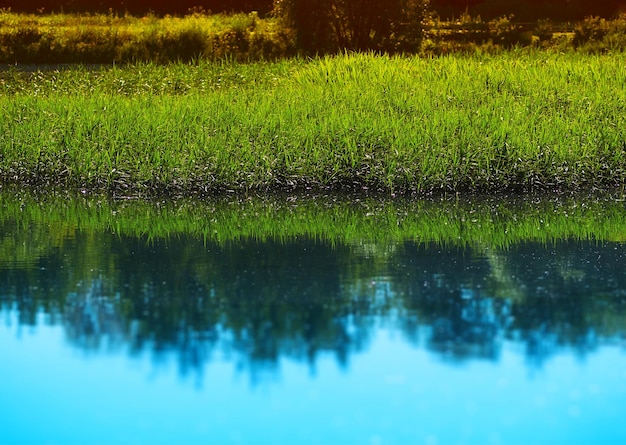
So, you’re driving. Maybe no map, just directions from a chaiwala. The rain’s steady. The road bends again. And then, out of nowhere, the Radhanagari backwaters open up in front of you. The first thing you’ll do is stop the car. You have to. The lake, if you can even call it that, stretches wide, touching hills that blur into clouds.
A buffalo floats somewhere in the middle. Two kids on a boat wave. No signs. No fences. Just open water and open sky. You sit on a rock. Maybe talk a bit. Maybe don’t.
The rain comes and goes, like it’s shy. Sometimes it pours, sometimes it’s just a whisper. But it never leaves. And somehow, that’s okay. There’s nothing to do here. Which is exactly the point. Just exist for a while. Let the world shrink to the sound of water slapping stones.
Vishalgad Fort: Mist, Moss, and a Bit of Mystery
This one’s for those who don’t mind a little trouble. Getting to Vishalgad in the rains? Not simple. The road can be slippery. The signs can vanish in the mist. But get there, and you’ll know you made the right call. The fort doesn’t show off. It hides under green. Its stones wear moss-like jackets.
Broken temples peek out between overgrown bushes. Arched gateways still hold their ground. And when the fog breaks for just a second, the view is ridiculous. Like a painting you weren’t supposed to see. Valleys, waterfalls, birds gliding below you. You won’t hear traffic. You won’t hear music. Just your breath, and the sound of old walls remembering things.
Why Kolhapur Feels Different When It Rains?
It’s not a checklist place. You don’t go here to “do things.” You come to Kolhapur in the rain to feel different. To remember what quiet sounds like. To walk slow, talk less, and notice more. The rains don’t just wet the roads. They wash something off you too. Maybe the rush.
Maybe the need to post everything online. You stop caring about phone signals. You care more about where the next tea stall is. Or how far you can walk before the next downpour. Most of these places aren’t polished. They’re raw. Which means, they give you something real. A muddy trail. A gust of wind that messes your hair. A wet bench you still sit on because the view’s too good to skip.
What You Should Know Before You Go?
- Shoes: Good ones. Ones you don’t mind ruining.
- Umbrella: Sure, bring it. But don’t expect it to last.
- Clothes: Quick-dry if possible. Layers. The breeze bites sometimes.
- Snacks: A few. Many spots won’t have shops nearby.
- Phone: Put it in a zip-lock or don’t bring it at all.
- Mindset: Forget plans. Let rain decide the itinerary.
Final Thought
Maybe you won’t find anything big in Kolhapur’s rain. No enlightenment. No hidden treasure. But you’ll find the small stuff—the soft patter of rain on stone, the way steam rises from a cutting chai, a long pause between two words that didn’t need to be said. And sometimes, that’s more than enough.


